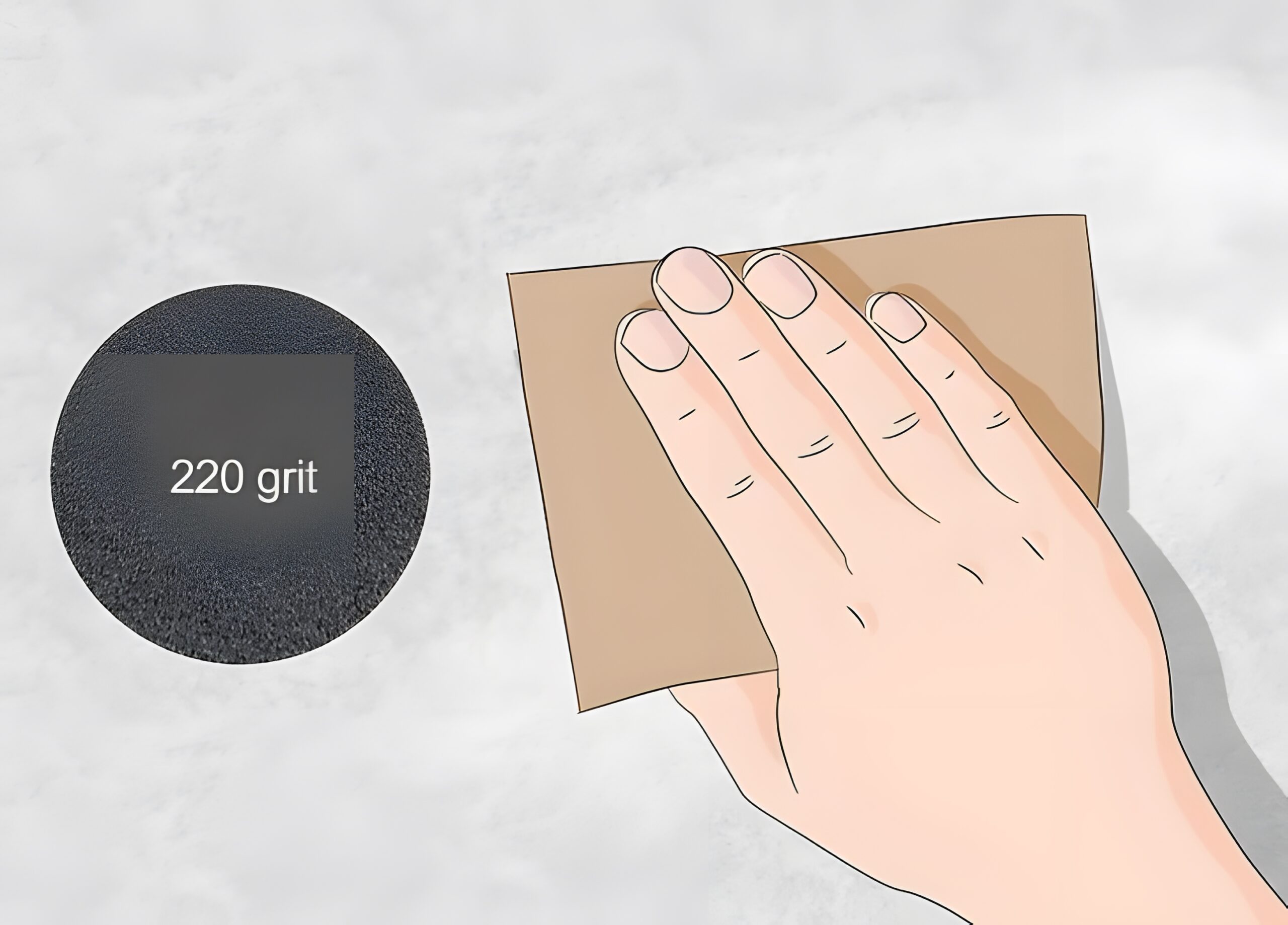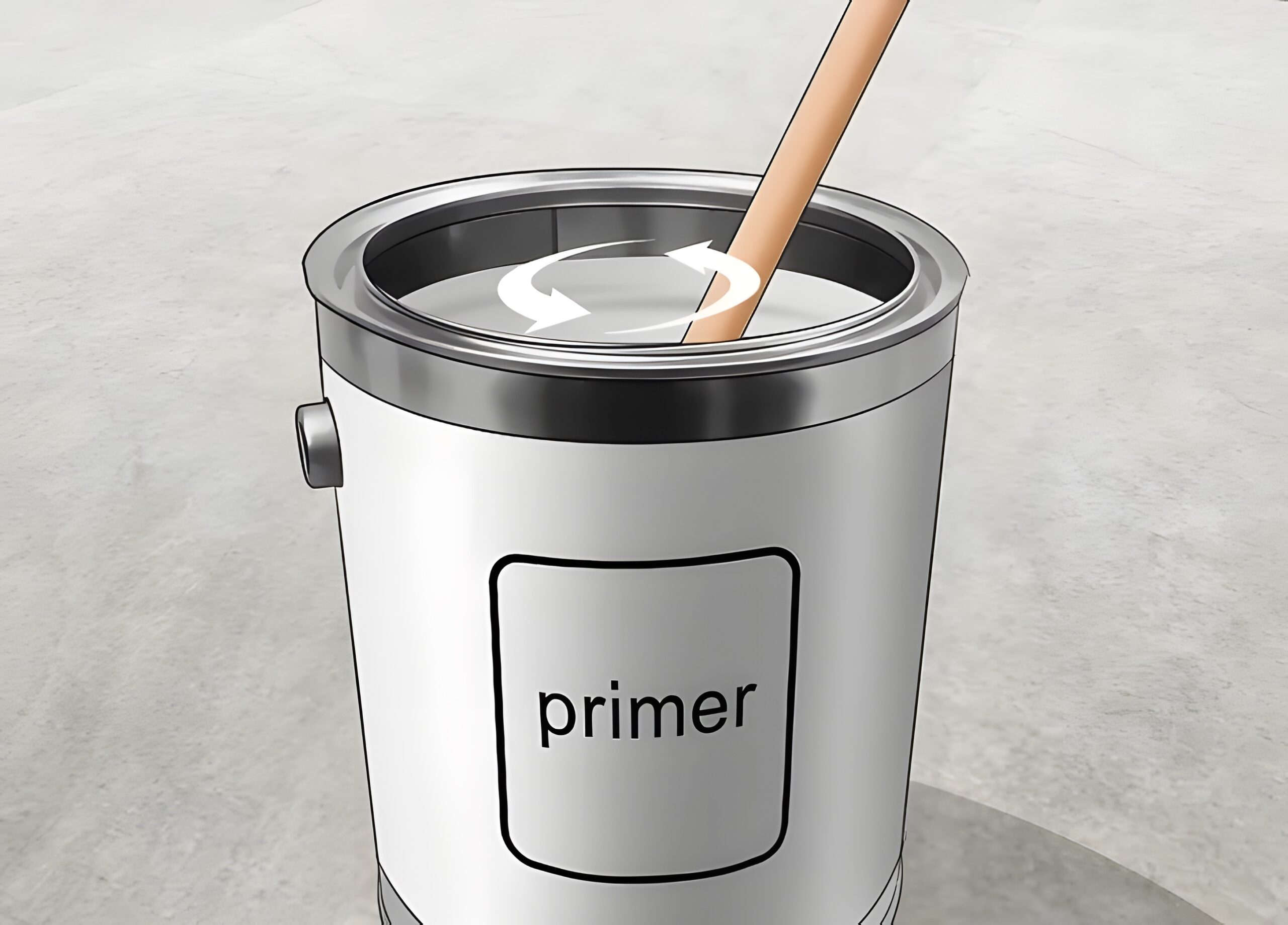How to Paint a Room
Here’s everything you need to know to get started with your paint project, plus our top tips on how to paint a room

Remove furniture, wall art, and rugs from the room
Before you start painting, empty the room of as many furnishings as possible. Take everything off of the walls, move lightweight furniture to another room, and roll up rugs and store them elsewhere. If there’s anything that has to stay in the room, like a big, heavy piece of furniture, push it to the center of the room.
– Remember to remove outlet covers and light switch covers so you don’t accidentally paint them! You’ll probably need a Phillips-head screwdriver for that.

Cover anything that’s left in the room with plastic sheeting
Drape plastic sheets or tarps over the floor, along with anything you had to store in the center of the room.Even if you’re very careful, paint can drip or splatter, and it can be hard or sometimes even impossible to remove paint from some surfaces without damaging them.
– Avoid using cloths to cover the floor and furniture, like towels or bedsheets. The paint can soak through the fabric, and the stains will be harder to clean if you don’t notice them right away.

Apply strips of painters tape around any trim, outlets, or casings
Peel off a piece of tape that’s about 12 in (30 cm) long and use your fingers or a putty knife to press it down along the line you want to paint. Then, tear off another strip that’s about the same size and overlap it slightly with the one you just put down. This will help prevent gaps that might allow paint to seep through.
– Cover the areas you do not want to paint with tape.

Open the doors and windows to ventilate the room
it’s important to work in a well-ventilated area. Open the windows and doors to the room, and turn on a fan if you have one nearby.
– Unfortunately, opening windows and doors does run the risk of dirt, dust, pollen, and insects flying into the room, and potentially getting stuck in the paint. If you can, try to open only the windows that are covered with a screen, or tape a piece of mesh over the window if that’s not an option.

Sand the walls lightly if they have a high-gloss finish
If the walls are already glossy or slick, paint might have a harder time adhering to the existing finish. Use a fine-grit sandpaper, like 220-grit, and go over the walls lightly in a circular motion. Sand just enough to remove the shiny surface of the paint, then wipe down the walls with a dry cloth to remove any dust.
– Don’t sand enough to sand down into the paint or the wall underneath, as this might create an uneven appearance in your finished paint job.
– This job will go a lot faster if you have an orbital sander. If you don’t have one, you may be able to rent one from a nearby home improvement store. However, you can also sand by hand if that’s a better option for you.

Use primer on unpainted walls or if you’re changing the color drastically
You don’t always have to prime a wall before you paint it. However, if it’s a wall that’s never been painted before, if you’re going from a very dark to a very light color (or very light to dark), or you had to patch up any holes in the wall, you should prime the walls. This creates a smooth base that will result in a more even application of your final paint color.

Pry open the primer can and stir the primer with a paint stick
Paint and primer can settle or even separate as they sit. When you first open the can of primer, give it a good stir to ensure it’s evenly mixed.
– If the primer has been sitting for a while, you may want to shake the can vigorously before you open it, then stir it afterward.

Apply primer around the borders of the walls with an angled brush
This is a technique known as “cutting in,” and it makes it easier to paint with a roller. Dip a 2 1⁄2 in (6.4 cm) angled paintbrush brush in the primer and tap it against the side of the can to remove excess. Then, carefully glide the brush along any doorways, trim, windows, and the ceiling, using the tip of the brush to get as close to the trim as possible without painting it.
– Painters who are experienced enough at cutting in might not even have to use painter’s tape!

Use a paint roller to roll the primer onto the walls
– Pour some primer into a paint tray and add a screen. Slip a clean cover onto your roller, then dip the cover into the primer in the tray. Roll the cover across the screen once to remove any excess, then roll the primer along the wall. When you start seeing small gaps where you’re painting, it means the cover is getting dry and it’s time to add more primer.
– Painting in an M or a W motion can help you avoid streaks in your primer.

Sand the primer before you paint the walls
– Once all of your coats of primer have dried completely, go over it with 220-grit sandpaper. Don’t sand away all of your primer—you don’t want to undo the work you just did. Instead, sand just enough to create a slightly rough surface.
– This will help the paint bond to the wall better, giving it a smoother appearance when you’re finished.

Open the paint can and stir the paint
– Paint can settle as it sits, which can sometimes lead to the color being more concentrated at the bottom of the can. To avoid getting an uneven application, stir the can with a paint stick as soon as you open it. If the paint’s been sitting a while, you might even want to shake the can vigorously first, then open it.
– Use a paint can opener or a flathead screwdriver to pry the top off the paint can.

Use a 2 1⁄2 in (6.4 cm) angled paintbrush to cut in along the wall’s edges
– Dip your brush into the can and tap it to remove any excess. Then, carefully run the paintbrush along the trim, about 1⁄2 in (1.3 cm) from the edge where you want the paint to stop. Then, go back over the same section a second time, this time painting all the way to the trim.
– Typically, you’ll get the best results by cutting in one wall at a time, then rolling that wall before moving to another.
– Cutting in around the doors, windows, and ceiling is more intensive than rolling the walls. If you do roll the walls first, you may be more tired, which can make you more likely to make mistakes.

Fill the deep end of the tray with paint, if you’re using one
Unless you’re using a large bucket with a screen, you’ll need to use a paint tray. Carefully pour some of the paint from the can directly into the tray. You don’t need much; just enough to cover the bottom of the deepest part of the tray.

Dip the roller in the tray and roll off the excess
Fit the roller with a cover, then lower the roller into the deep end of the paint tray. Once you’ve picked up some paint, roll the paint roller across the metal paint screen to remove excess paint.
– For an interior painting job, a 1⁄2–3⁄4 in (1.3–1.9 cm) nap will give you plenty of coverage, but it won’t soak the walls with too much paint like a deeper nap might.

Place the roller near the top of the wall about 6 in (15 cm) from an edge
Once you’ve put paint on the roller, lift the roller and place it against the wall close to where you cut in along the ceiling. However, avoid starting right at a corner or other edge, as you might end up with a thick layer of paint that will be hard to smooth out. Instead, start about 6 in (15 cm) from the edge and work your way back.
– Don’t put the roller all the way on the top of the wall, or you might accidentally paint the ceiling.

Roll the paint onto the wall using V-shaped or M-shaped motions
This will help you avoid having streaks in the paint. Try to paint all the way up to where you cut in along the ceiling, then all the way back down to where you cut in on the bottom trim.
– If you’re having trouble painting from the top of the wall to the bottom in an even motion, draw an imaginary horizontal line halfway down the wall. Paint a v-shape above the line, then another below, overlapping the wet edges of paint slightly.

Wait for the paint to dry completely, then add a second coat
You’ll almost always need at least 2 coats of paint to get a professional-looking finish. Allow the paint to dry. then go back over the whole wall with a second coat of paint.
– Don’t try to just touch up certain spots, as the end result will look messy. Apply an even coat of paint to the whole wall, instead.
– If you need to let your paint dry overnight, either wash your brushes or place them in a resealable plastic bag to keep the paint from drying on the bristles.

Clean up the room once the walls are dry
You’ll almost always need at least 2 coats of paint to get a professional-looking finish. Allow the paint to dry. then go back over the whole wall with a second coat of paint.
– When you’re satisfied with the look of your paint job, it’s time for the clean up! Carefully pull away the strips of painters tape from the borders of the room. Then, remove the drop cloths, wash your brushes, and put everything back in the room.
– If the paint accidentally seeps under the tape while painting, resulting in uneven edges, you can choose to repaint the trim to cover up the paint marks, making the overall effect more aesthetically pleasing.